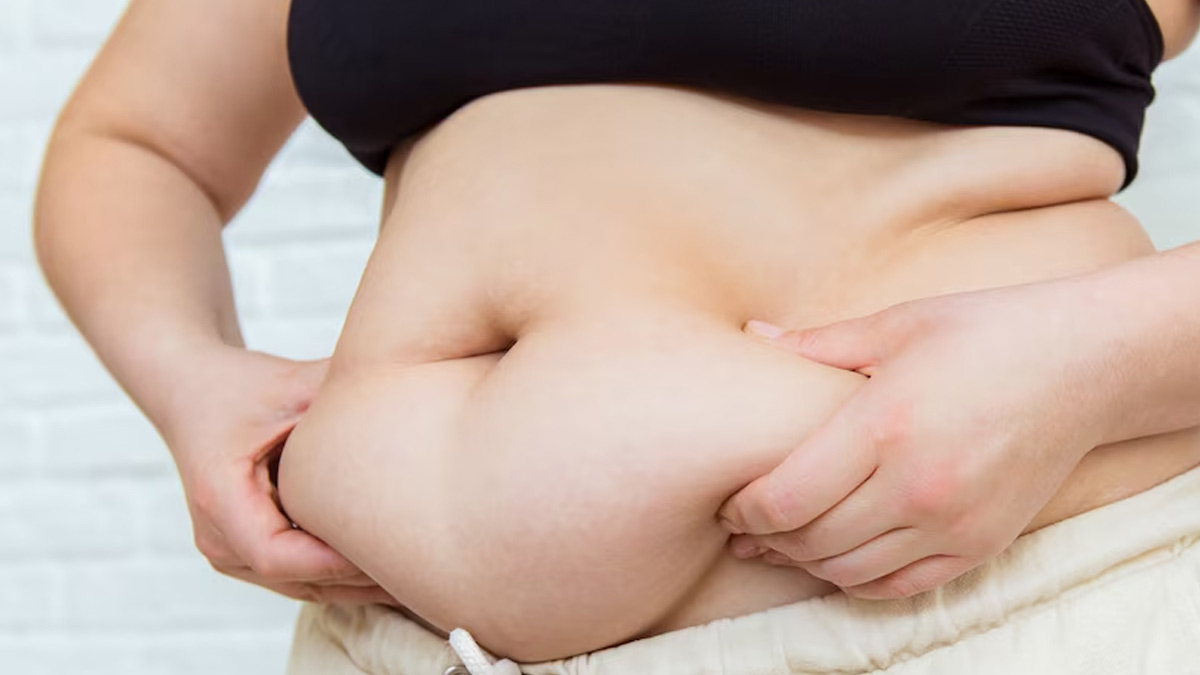
Is your tummy still bulging out days and months after childbirth? It can be diastasis recti. Diastasis recti is the separation of your abdominal muscles which can occur during pregnancy and also after delivering.
Table of Content:-
Due to increased tension on the abdominal wall, pregnant women may develop this condition. The risk is higher if with multiple births or many pregnancies.
According to a study, Diastasis recti is an increased distance between the rectus abdominis muscles at the midline caused by weakness in the anterior abdominal wall. “Most experts agree that there is a weakness, thinning, and widening of the linea alba and weakness of the associated abdominal musculature,” the study stated.
To get better clarity on what diastasis retic, its symptoms and treatment, OnlyMyHealth team interacted with Dr Rohan Palshetkar, Head of Unit Bloom IVF, Professor, Department of OBGY, DY Patil School of Medicine.

What Is Diastasis Recti?
The separation of your abdominal muscles that occurs during pregnancy and after childbirth. The rectus abdominal muscles are vertical muscles in the front part of your stomach. These same muscles, if strengthened, can form your 6-pack abs. Dr Palshetkar said, “As your pregnancy progresses, these muscles can separate but since they are elastic, they can heal and recover back. However, if there is over expansion, the elasticity is lost, the healing may not occur and there might be a wider gap.”

Symptoms
Common signs of diastasis recti during the postpartum period are
- A visible bulge just above or below the belly button
- Softness or jelly-like feeling around your belly button
- Coning or doming when you contract your ab muscles
- Difficulty lifting objects, walking or performing everyday tasks
- Pain during sex
- Pelvic or hip pain
- Lower back pain
- Poor posture
- Urine leaking when you sneeze or cough
- Constipation
- Feeling weak in your abdominals
Dr Palshetkar said, “This may appear as a bulge in the tummy after delivery especially when you bend or lift heavy objects. You may sometimes experience weakness in your abdomen area and may experience poor posture as well. If you feel these symptoms, visit your doctor, who will help diagnose this and provide the adequate treatment.”

Causes Of Diastasis Recti
There are several factors that can lead to diastasis recti like having multiple pregnancies, especially back to back, being older than 35 years of age, having twins or triplets, having a big or a heavy baby and sometimes even vaginal delivery.
Your doctor can tell you appropriately if you have this condition by using their hands and fingers to feel the abdominal area for gaps and muscle tone. Some doctors might also use ultrasound for determining diastasis recti.
Also read: Navigating Postpartum: Expert Helps Understand Your Body's Journey After Childbirth
Treatment
According to Dr Palshetkar, physiotherapy can help in correcting this problem. “Physiotherapists will prescribe exercises and suggest some precautions to ensure strengthening of your muscles.” Adding, he said, “Sometimes an abdominal belt will help improve your posture and support your abdomen. Very rarely will you require surgery for the treatment of diastasis. Surgery is usually required only if there is a concomitant hernia.”
Also watch this video
How we keep this article up to date:
We work with experts and keep a close eye on the latest in health and wellness. Whenever there is a new research or helpful information, we update our articles with accurate and useful advice.
Current Version